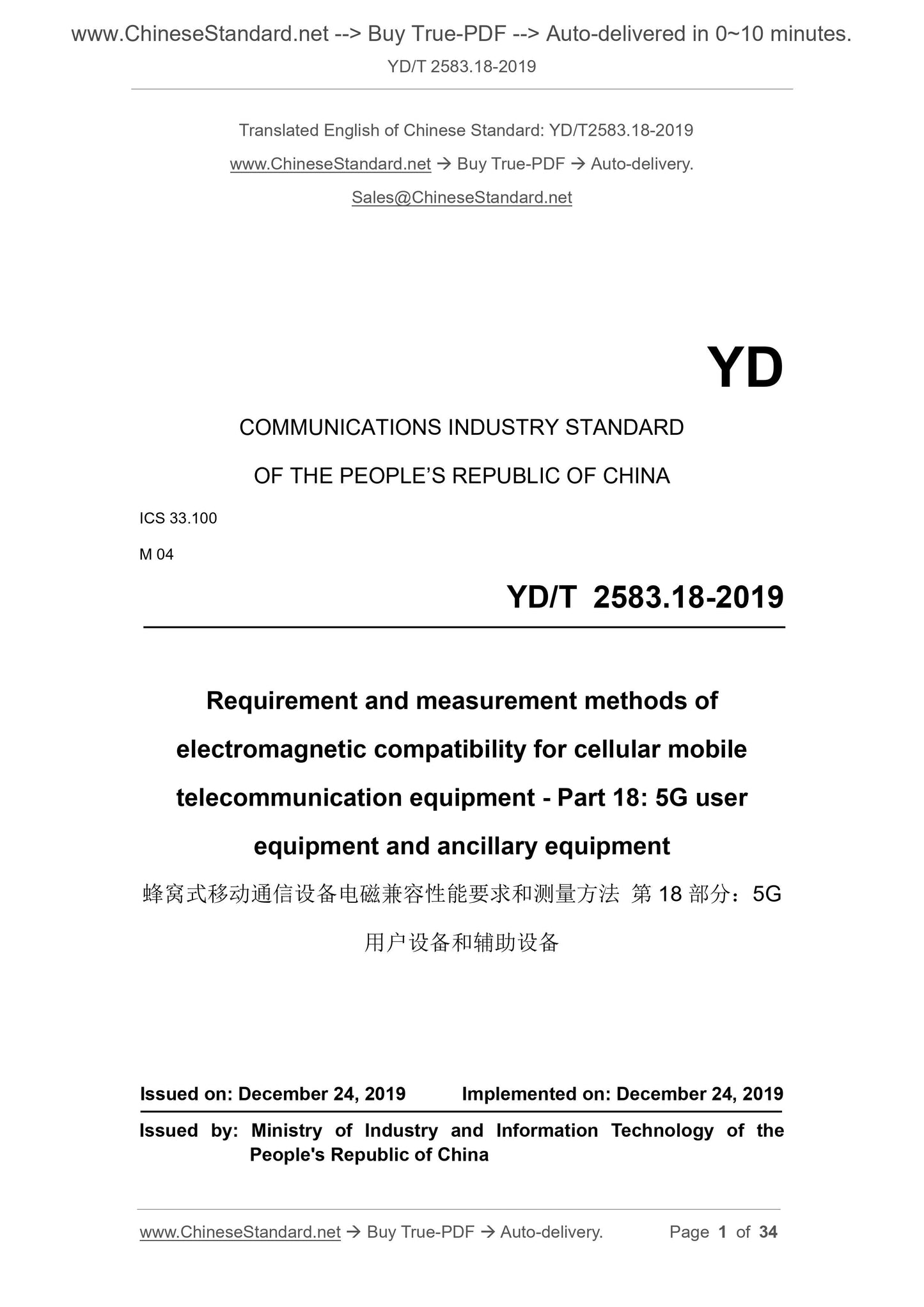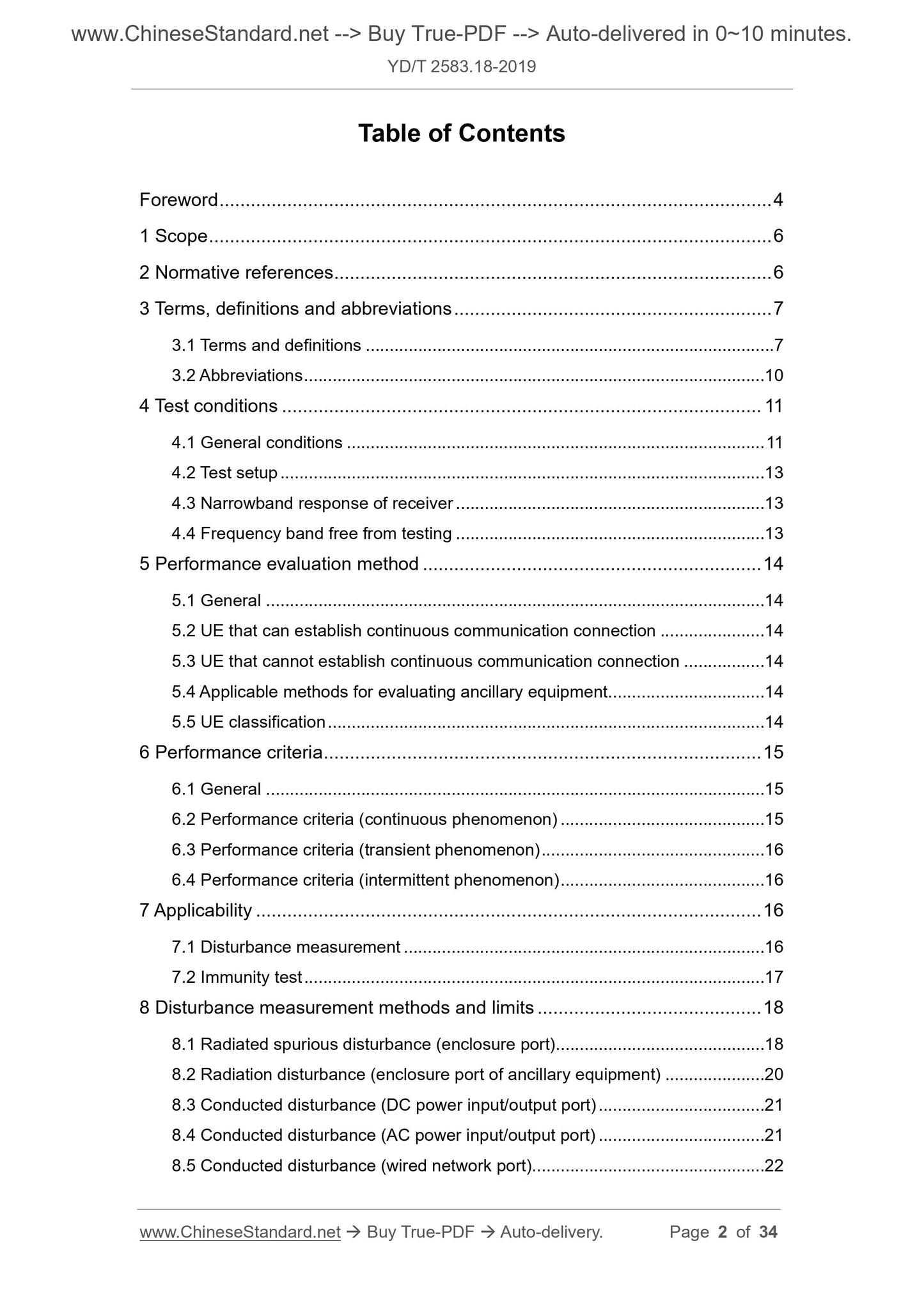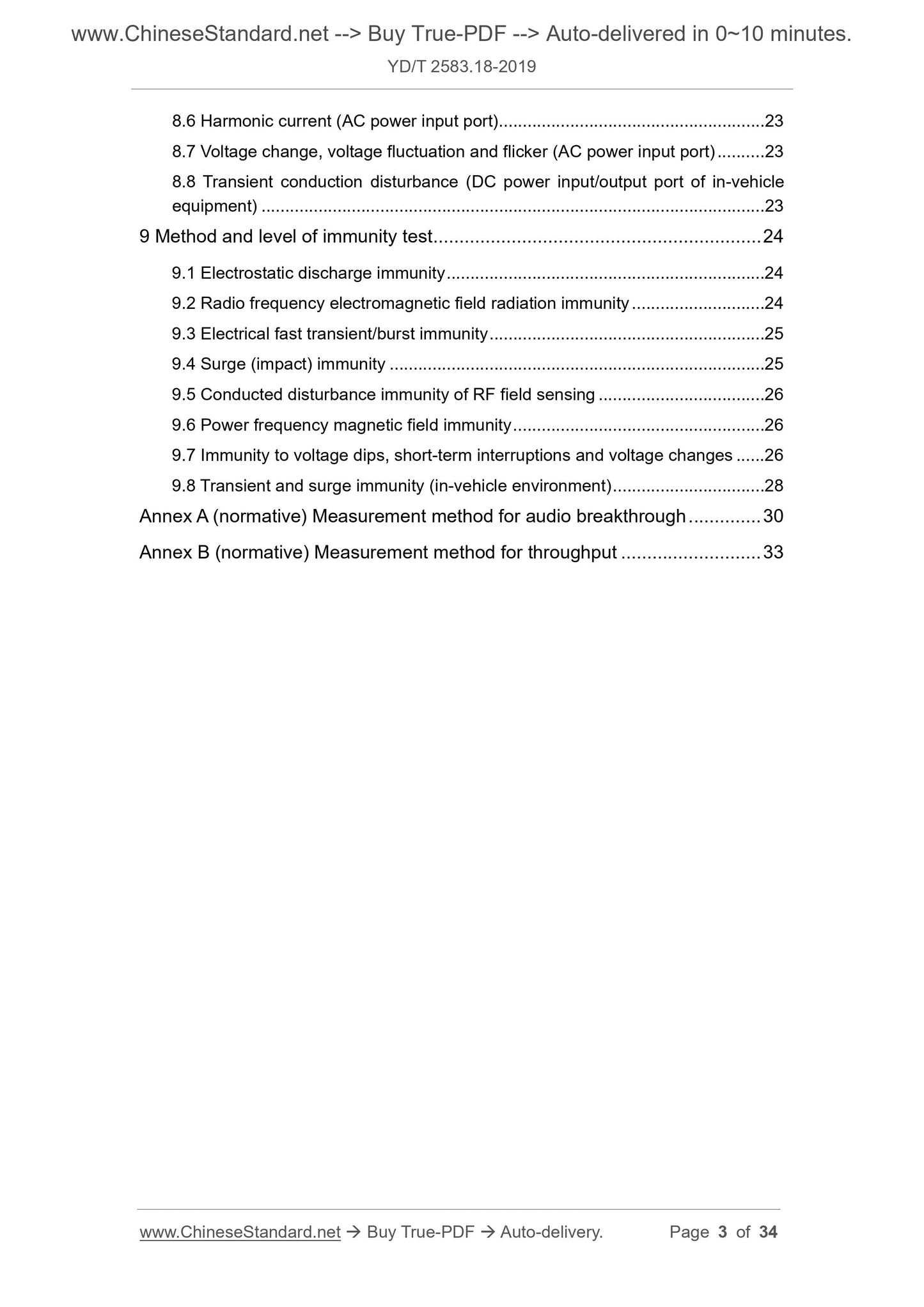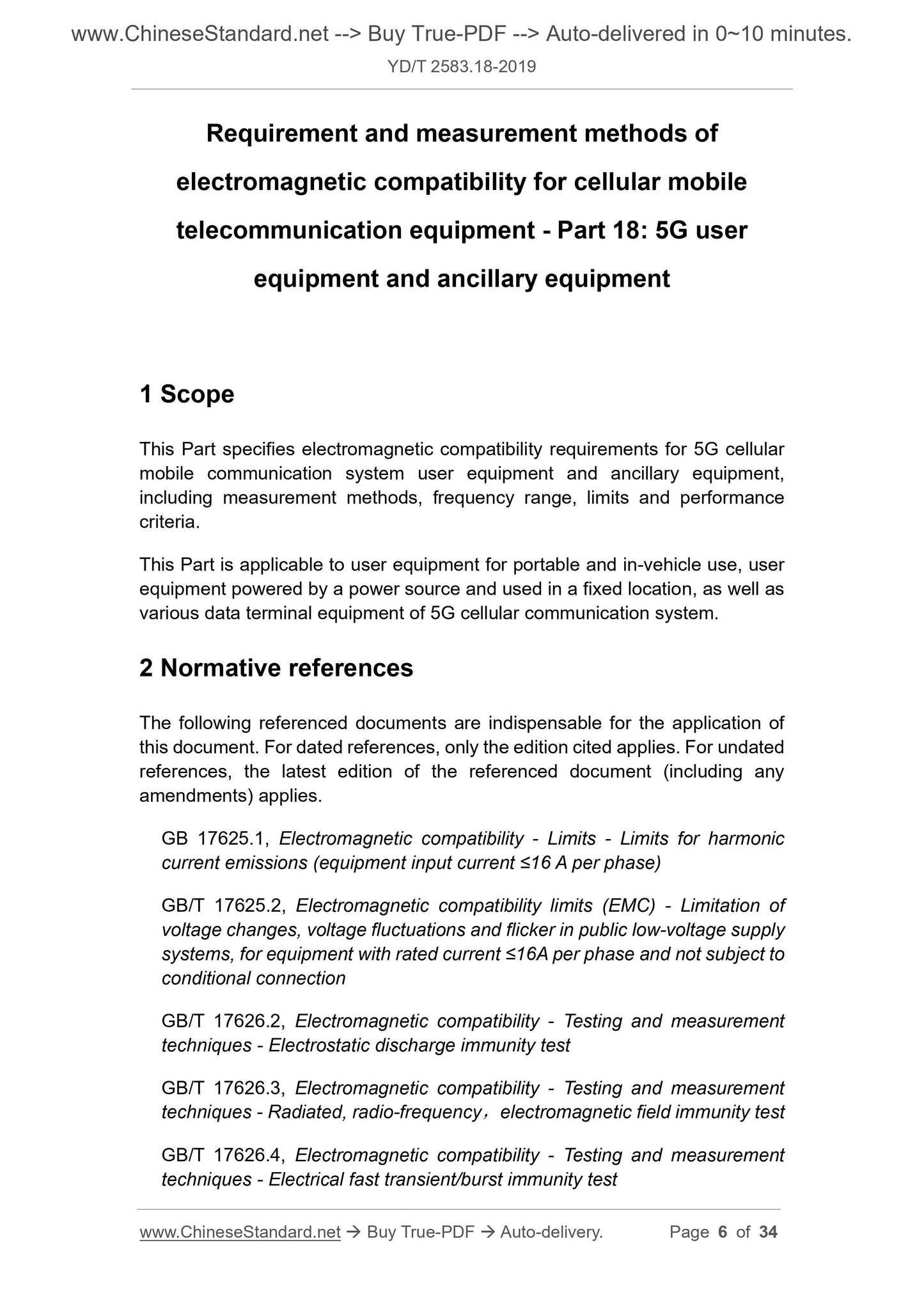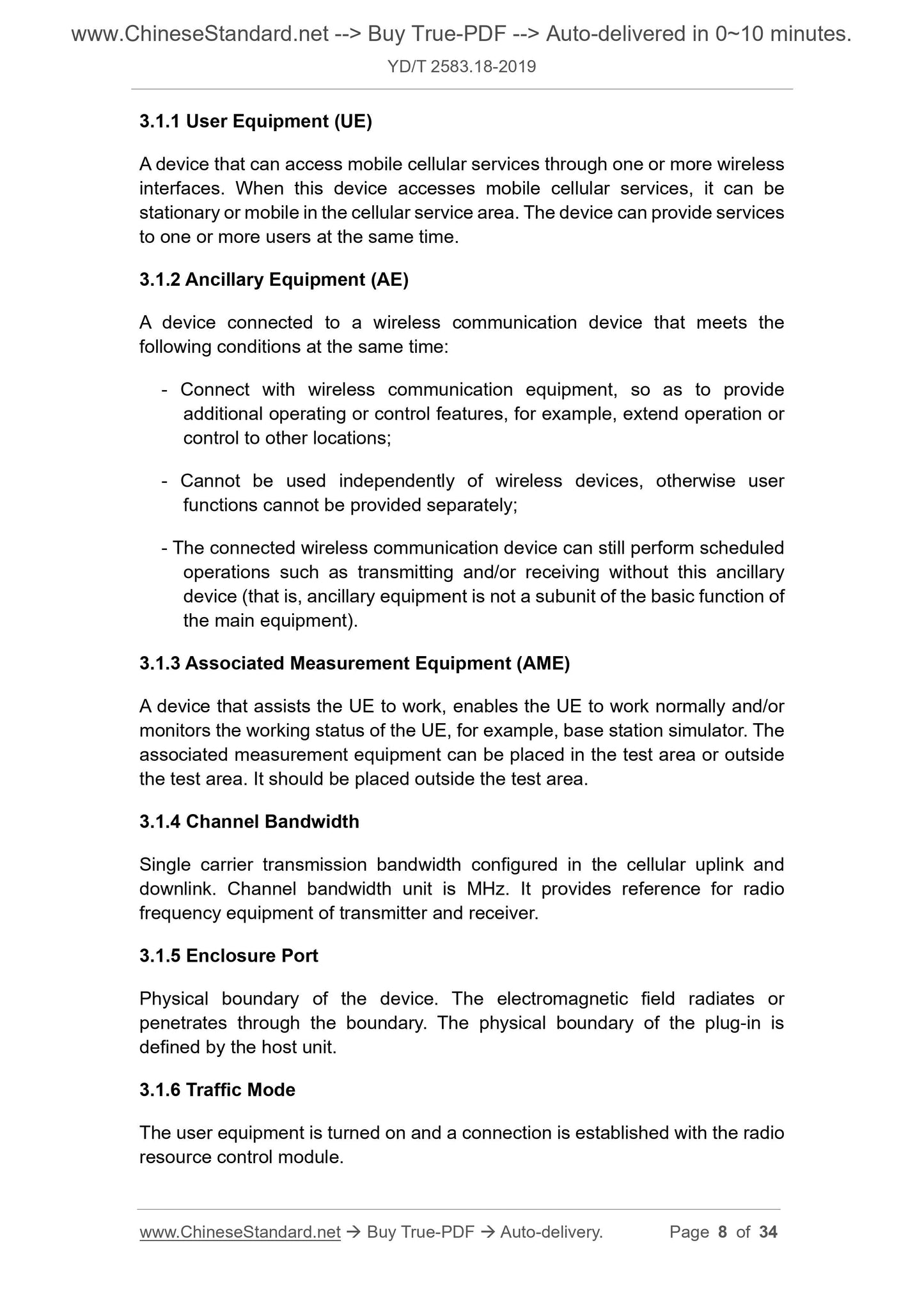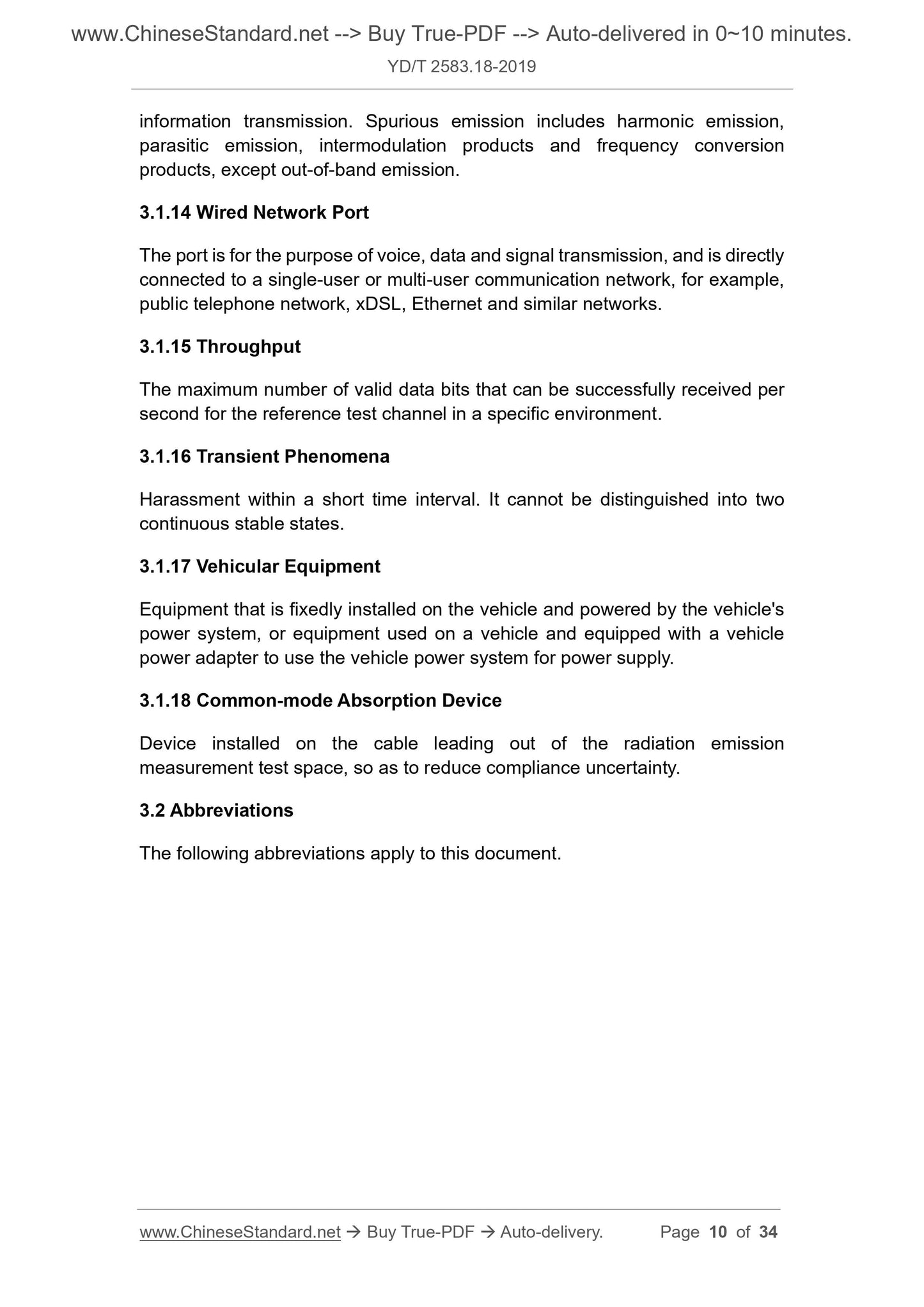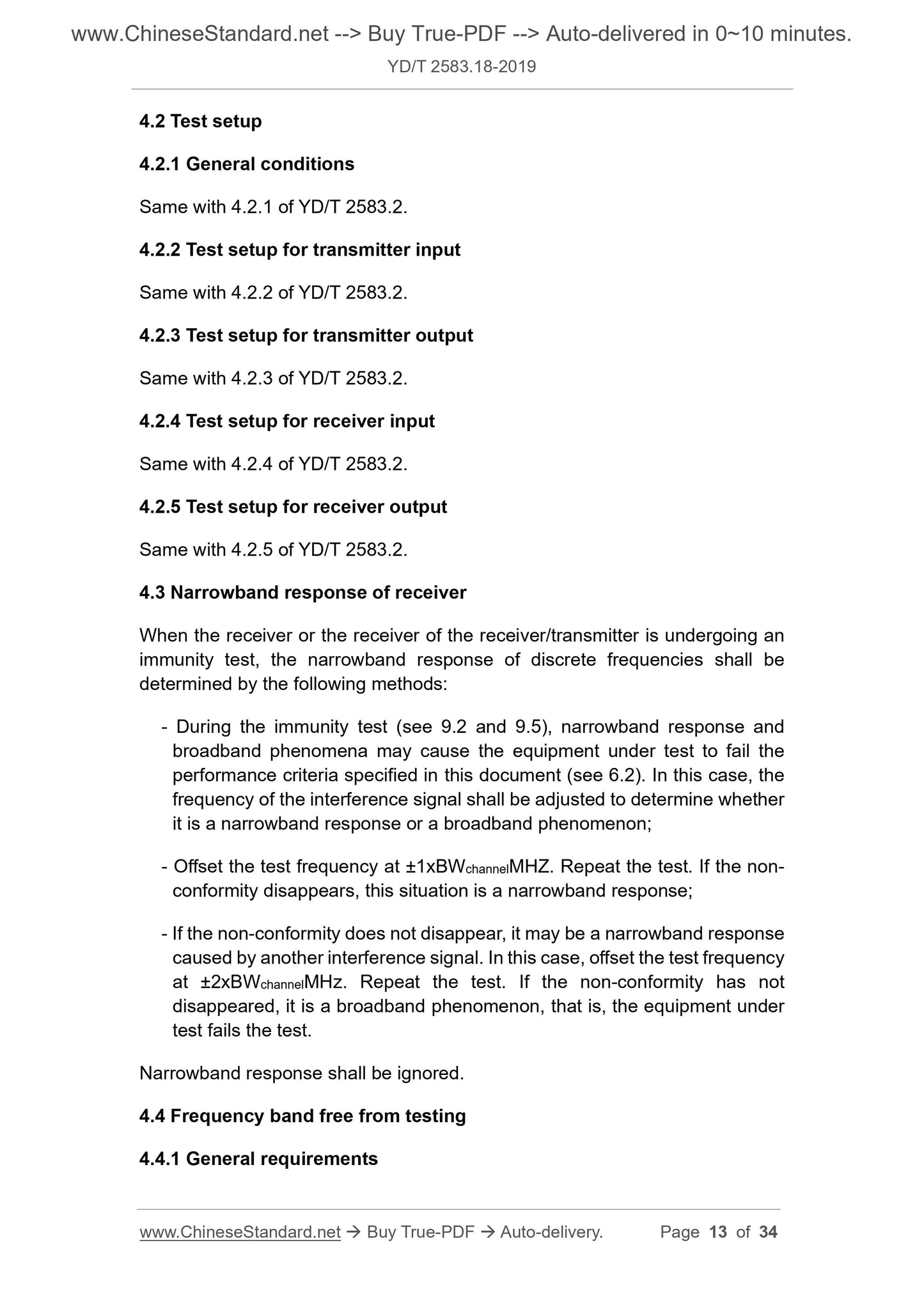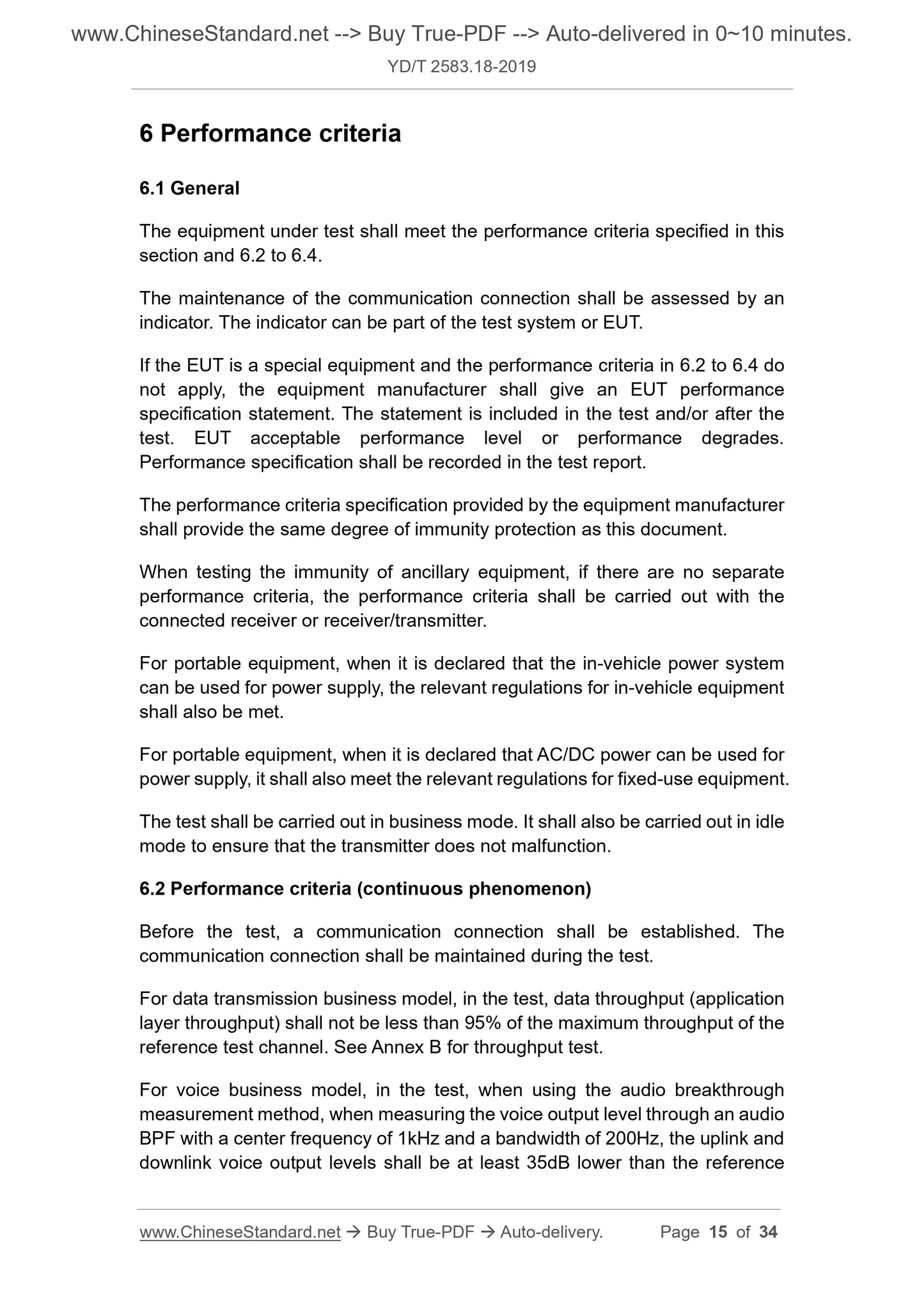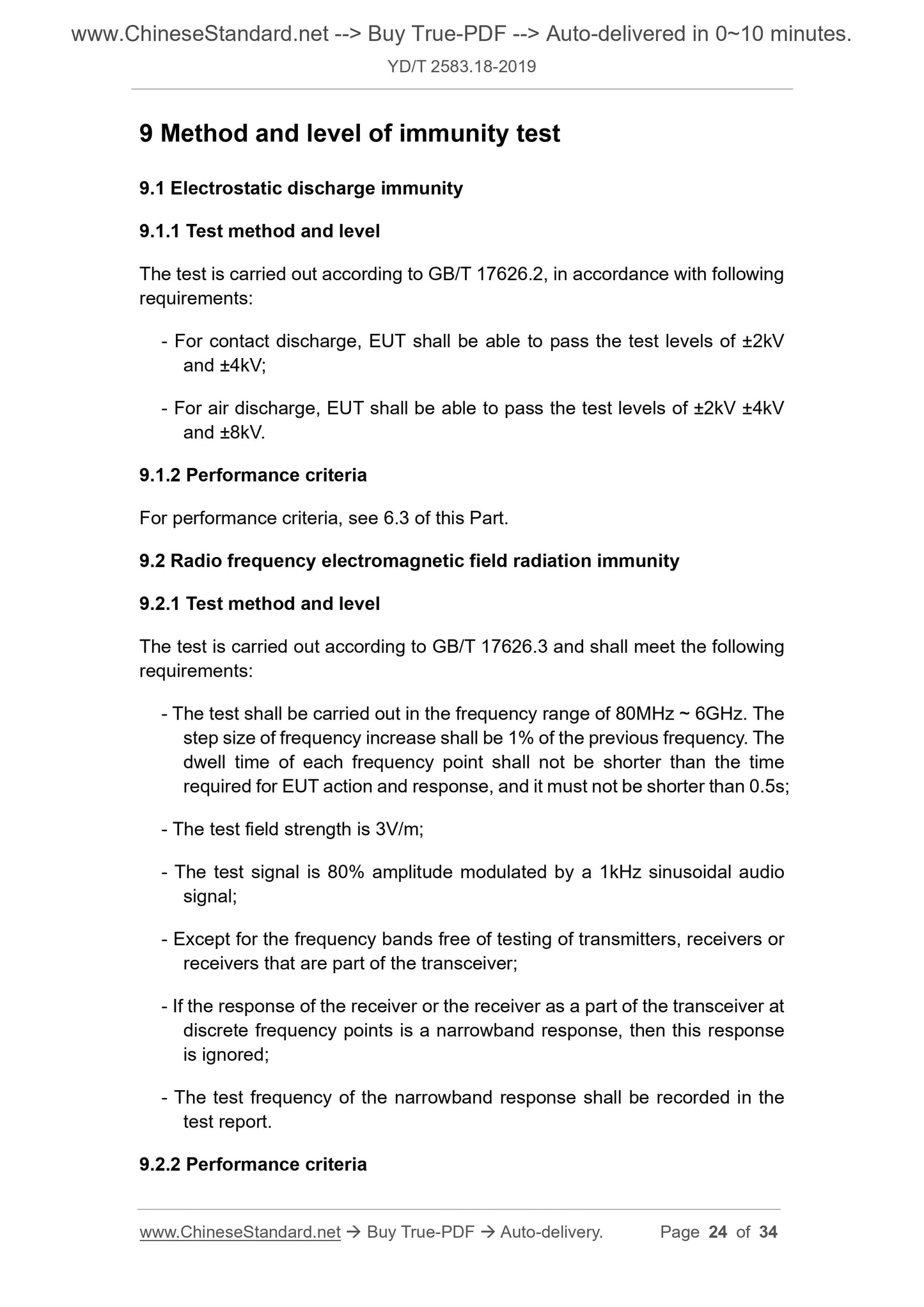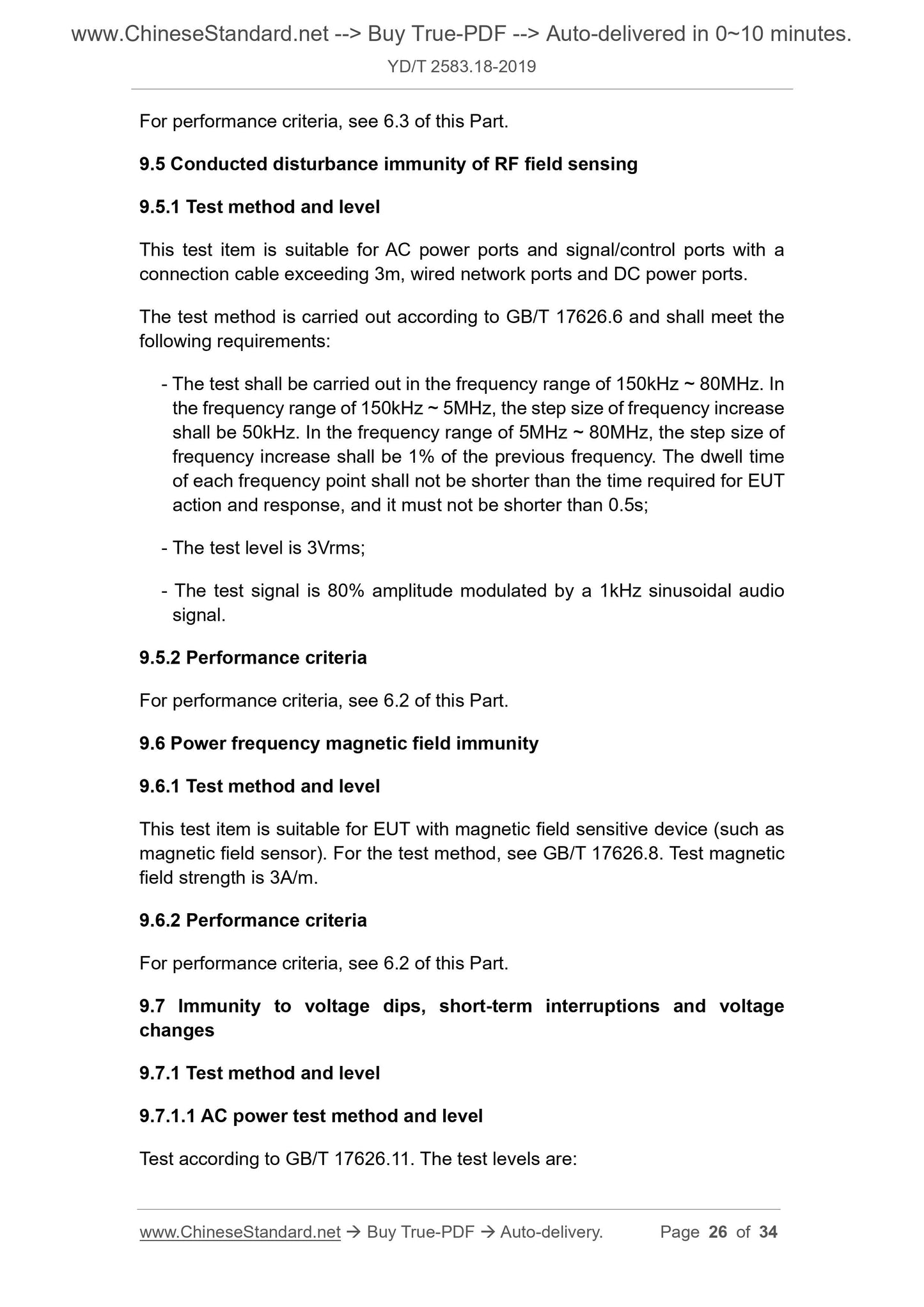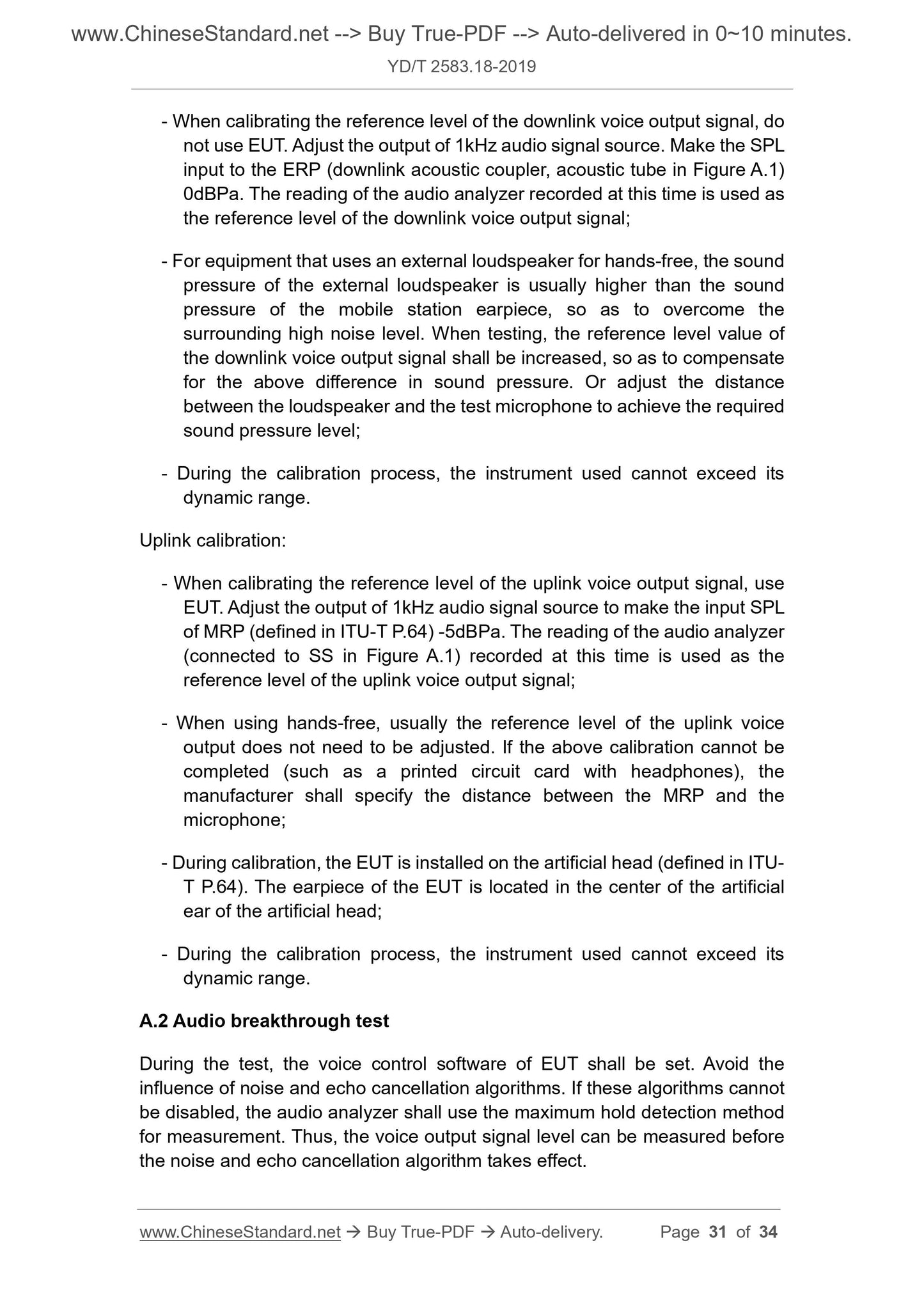1
/
of
11
www.ChineseStandard.us -- Field Test Asia Pte. Ltd.
YD/T 2583.18-2019 English PDF (YD/T2583.18-2019)
YD/T 2583.18-2019 English PDF (YD/T2583.18-2019)
Regular price
$365.00
Regular price
Sale price
$365.00
Unit price
/
per
Shipping calculated at checkout.
Couldn't load pickup availability
YD/T 2583.18-2019: Requirement and measurement methods of electromagnetic compatibility for cellular mobile telecommunication equipment - Part 18: 5G user equipment and ancillary equipment
Delivery: 9 seconds. Download (and Email) true-PDF + Invoice.Get Quotation: Click YD/T 2583.18-2019 (Self-service in 1-minute)
Newer / historical versions: YD/T 2583.18-2019
Preview True-PDF
Scope
This Part specifies electromagnetic compatibility requirements for 5G cellularmobile communication system user equipment and ancillary equipment,
including measurement methods, frequency range, limits and performance
criteria.
This Part is applicable to user equipment for portable and in-vehicle use, user
equipment powered by a power source and used in a fixed location, as well as
various data terminal equipment of 5G cellular communication system.
Basic Data
| Standard ID | YD/T 2583.18-2019 (YD/T2583.18-2019) |
| Description (Translated English) | Requirement and measurement methods of electromagnetic compatibility for cellular mobile telecommunication equipment - Part 18: 5G user equipment and ancillary equipment |
| Sector / Industry | Telecommunication Industry Standard (Recommended) |
| Classification of Chinese Standard | M04 |
| Word Count Estimation | 26,215 |
| Date of Issue | 2019-12-24 |
| Date of Implementation | 2019-12-24 |
| Regulation (derived from) | Ministry of Industry and Information Technology Announcement 2019 No. 61 |
| Issuing agency(ies) | Ministry of Industry and Information Technology |
Share
